Looking at single games (black squares) in the figure below, it has been 10 years since Wexford followers played in front of a crowd of more than 40,000. In 2004 a superb last minute goal by Michael Jacob knocked Kilkenny out of the Leinster championship at the semi-final stage. Wexford beat Offaly in a Leinster final in front of 46,800 spectators. Wexford supporters travelled in huge numbers to an All-Ireland semi-final where they were heavily defeated by Cork. A successful Wexford will bring more of their supporters to games.
Between 2004 and 2013 the numbers attending Wexford hurling games have tailed off. A lack of success and the dominance of Kilkenny contributing to the decline in numbers. Since 2006 no single game involving the Wexford hurlers has attracted more than 13,000 spectators. Since 2009 it took a triple-header to get more than 20,000 people through the turnstyles to see the Wexford hurlers.
Diarmuid Devereux made some more interesting observations when he pointed out the limited number of stand tickets available and the timing of their sale. Wexford were the last of the quarter-finalists to qualify. Unfortunately, the tickets for the quarter-finals went on sale prior to their qualification. It is something the GAA should consider for future years.
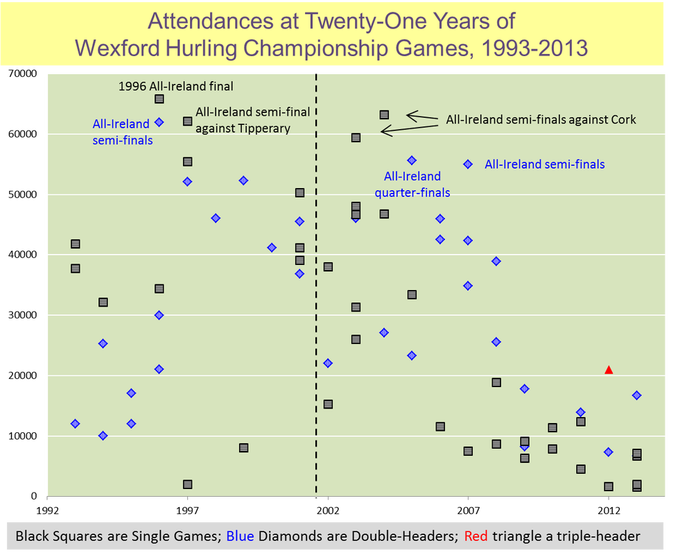
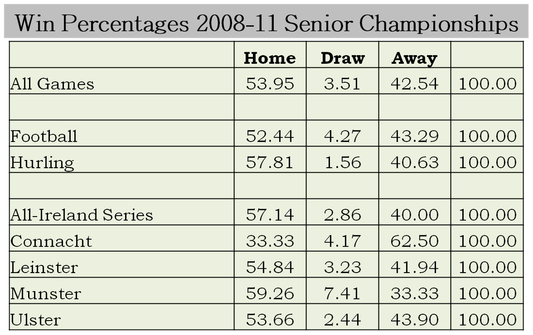
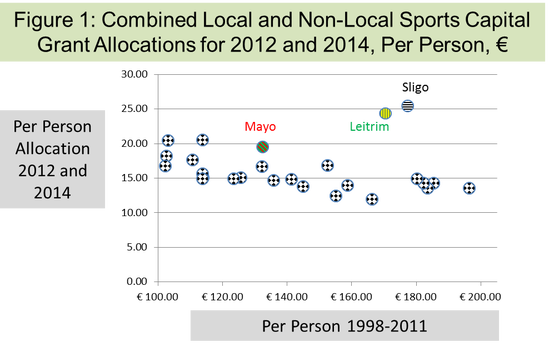
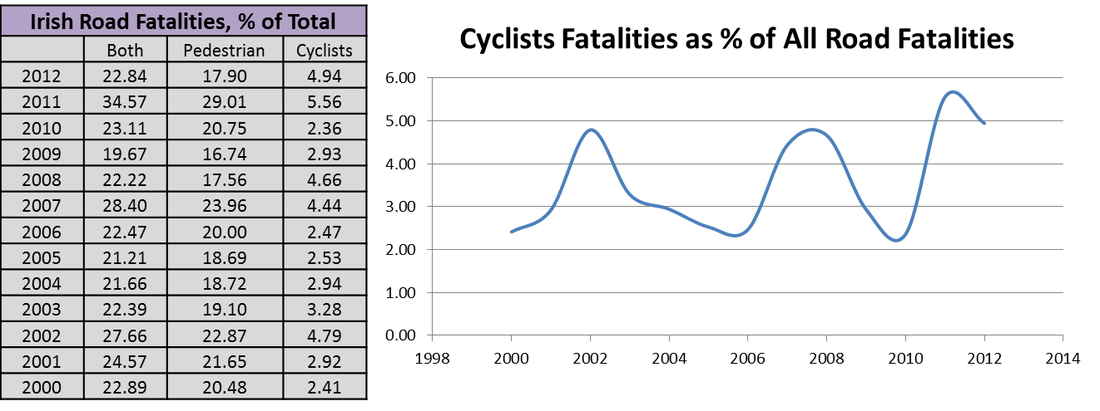
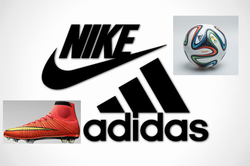
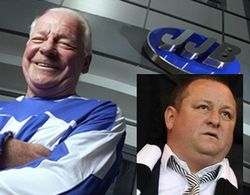
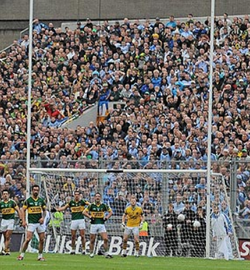
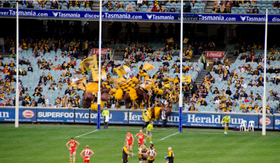

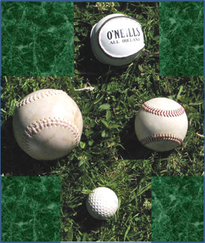
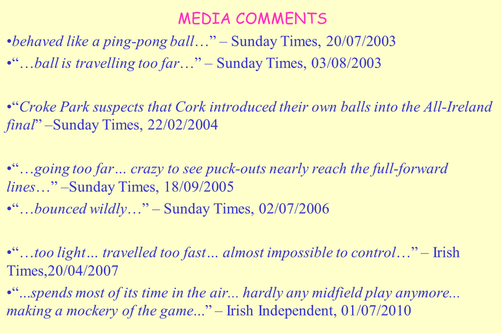

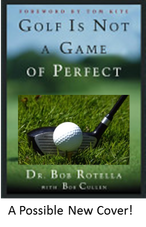
 RSS Feed
RSS Feed